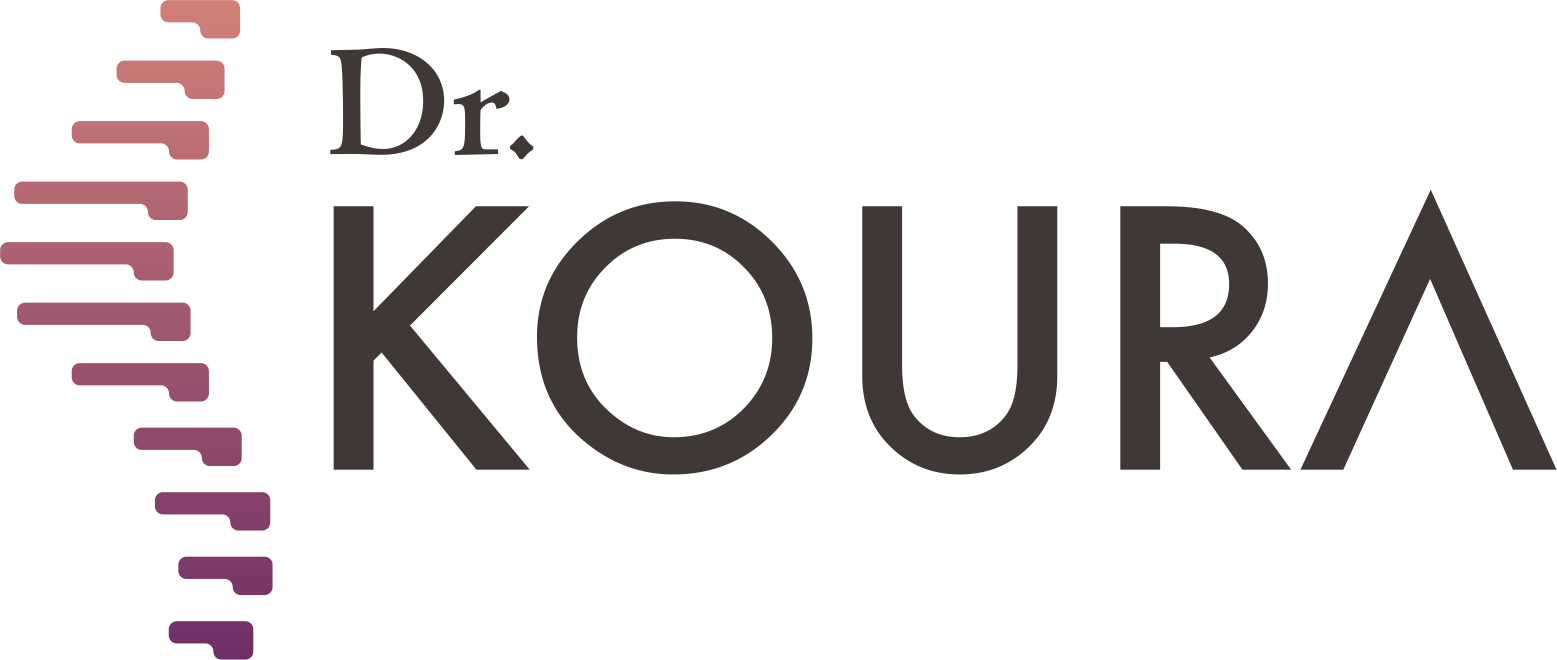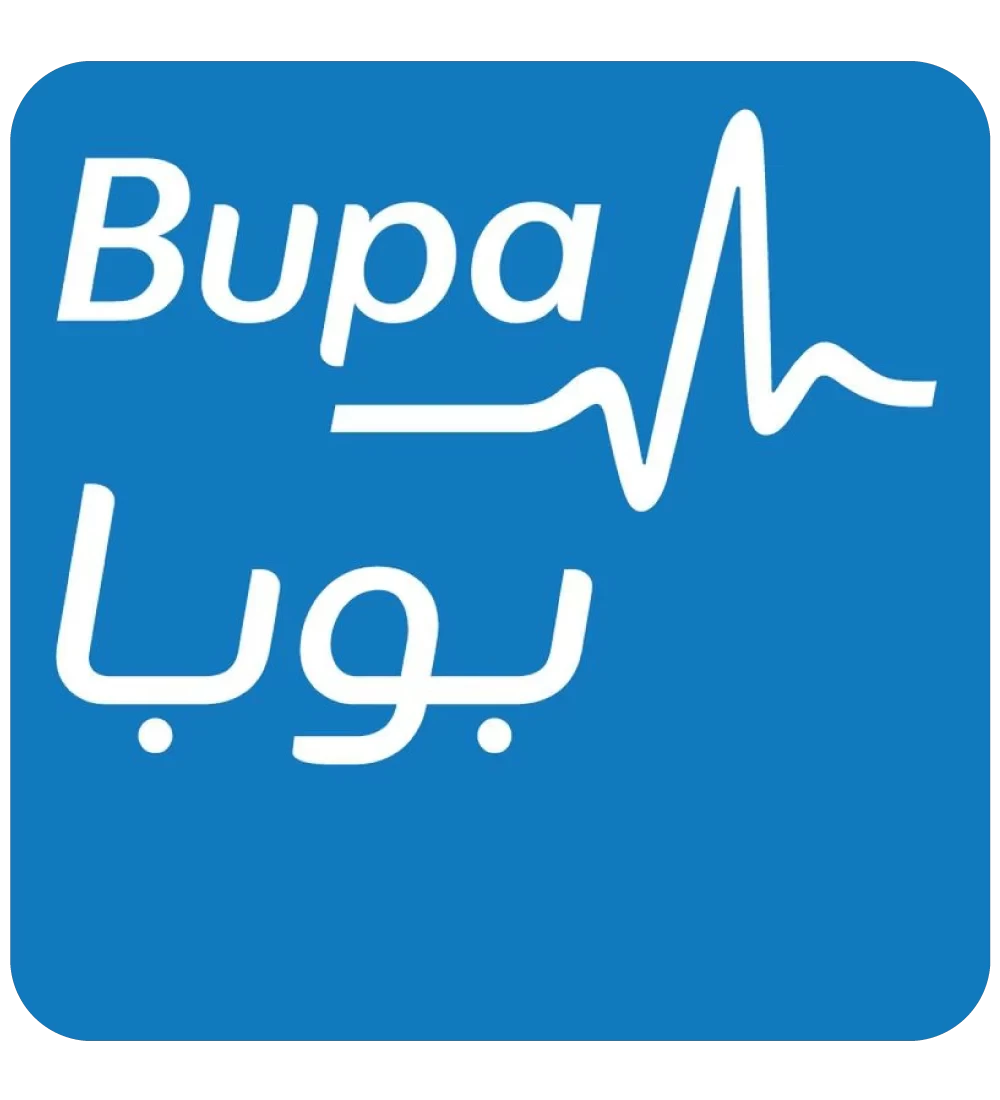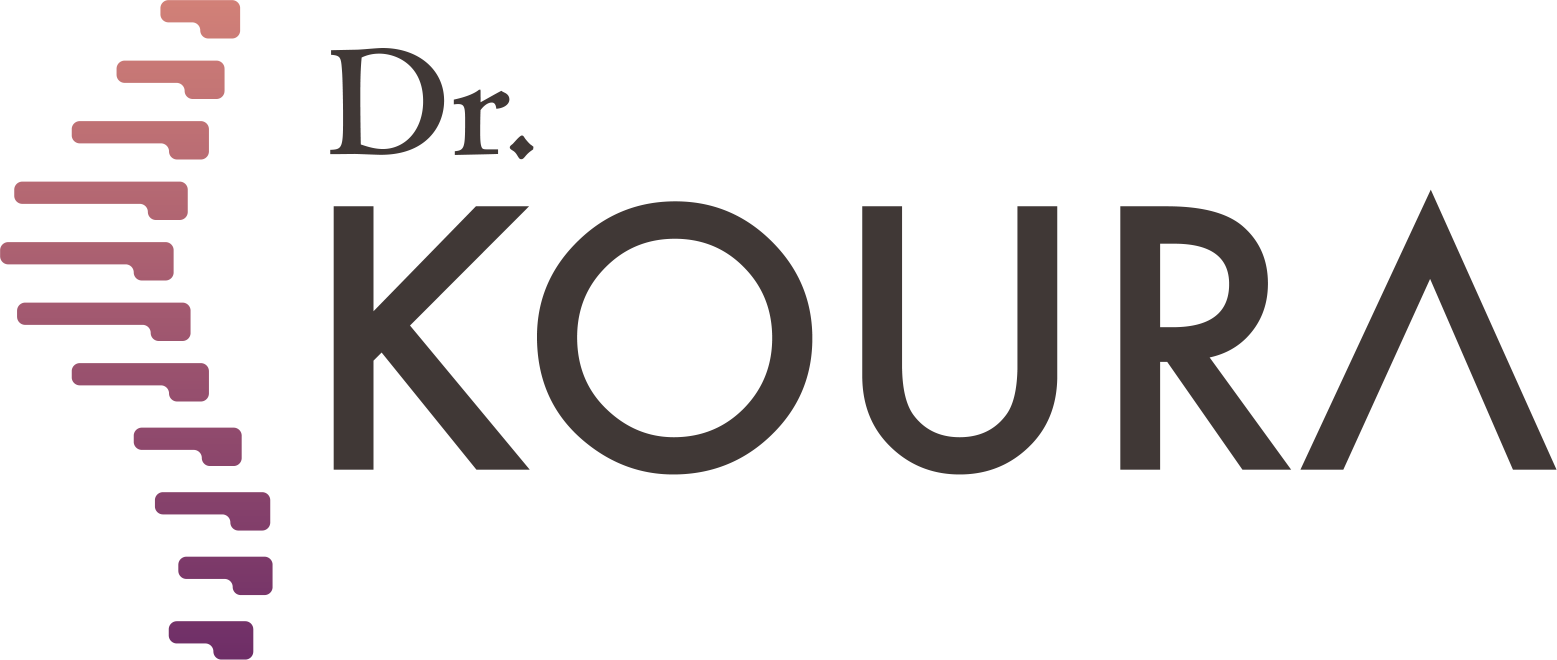
To see patients' reviews
Click hereCervical spine treatment


Treatment of Cervical Vertebrae
Cervical vertebra issues are common health concerns that trouble many people, as cervical disc pain negatively impacts the quality of life. If you are looking for the best treatment for cervical discs, you should get to know Dr. Mohamed Koura’s center, which is a leader in non-surgical diagnosis and treatment. The center offers advanced techniques for treating cervical disc herniation, making Dr. Mohamed Koura the ideal choice for you. With his extensive experience, he is considered the best neurosurgeon, always striving to provide effective and suitable solutions for relieving neck pain and improving patients' health. Join us to discover more about how to treat neck issues and the latest methods used in this field.
What are Cervical Vertebrae?
Cervical vertebrae, also known as cervical vertebrae, consist of seven vertebrae numbered from C1 to C7. These vertebrae are located in the upper part of the spine and play a vital role in supporting and moving the head, as well as protecting the spinal cord. Cervical vertebrae are characterized by their flexibility, allowing a wide range of movements, such as rotation and bending. However, these vertebrae may be subjected to injury or wear, leading to issues such as cervical disc pain or vertebral displacement. A good understanding of the function of these vertebrae and the importance of caring for them helps enhance overall health and prevent future problems, avoiding chronic neck pain.
Factors Leading to Cervical Vertebrae Pain
There are multiple causes of cervical vertebrae pain, including daily habits and medical conditions. Among the most significant causes are poor daily habits, such as spending long periods in uncomfortable positions, like sitting in front of computer screens or while driving, which causes continuous strain on the neck muscles and vertebrae. Additionally, pain can be associated with medical conditions such as meningitis, where the pain is accompanied by fever and headache. Organic causes include injuries like muscle and ligament strains, cervical spondylosis, and diseases such as ankylosing spondylitis, rheumatoid arthritis, and radiculopathy, as well as spinal canal stenosis. Injuries and other conditions, such as fractures due to osteoporosis, bone tumors, microbial infections, and disc herniation, also play a significant role in the emergence of this pain. Thus, determining the exact cause of cervical vertebrae pain requires a comprehensive medical assessment that includes the patient’s medical history, clinical examination, and additional tests if necessary to develop an appropriate treatment plan for each case.
Most Common Cervical Spine Diseases and Their Causes
Cervical spine diseases are common health issues affecting many people, as patients suffer from severe neck pain due to incorrect practices, such as sitting for extended periods at an awkward angle, leading to excessive pressure on the vertebrae. One of the most prominent diseases is cervical disc herniation, where one vertebra moves forward over the lower vertebra due to the wear of intervertebral discs that cushion and reduce friction between the vertebrae. Additionally, cervical vertebral inflammation is attributed to bacteria entering the vertebrae through the bloodstream, causing severe pain and serious complications. Understanding these diseases and their causes is essential for obtaining appropriate treatment and alleviating symptoms.
Impact of Cervical Vertebrae Pressure on Nerves and Its Complications
Pressure from cervical vertebrae on nerves is a common health issue, especially among the elderly. This pressure occurs due to the decreased efficiency of the intervertebral discs between the cervical vertebrae, preventing them from absorbing shocks. Over time, wear occurs in the vertebrae, and bone spurs may grow abnormally between the vertebrae, increasing pressure on the nerves and causing severe pain. Additionally, some individuals experience neck stiffness, characterized by difficulty in moving the neck, often accompanied by pain when attempting to move. This condition can lead to complications such as insomnia and severe fatigue, affecting the ability to sleep regularly. The cause of neck stiffness may be due to severe trauma or improper sleeping positions. Treatment in some cases relies on exercises for neck pain, while more severe cases may require a comprehensive treatment course.
Signs and Symptoms of Cervical Spine Diseases
Symptoms of cervical spine diseases vary from person to person, but there is a common set of symptoms observed by patients. Among these symptoms are:
- Severe pain in the neck area: Patients may experience unbearable pain in the neck, requiring urgent medical care in some cases.
- Difficulty moving the neck: Patients may notice a significant difficulty in moving the neck and head, limiting their daily mobility.
- Severe pain in the arms: Many patients feel pain radiating to the arms, affecting their ability to perform daily activities.
- Numbness in the limbs: Numbness is a common symptom, where the patient feels loss of sensation or an abnormal feeling in the limbs.
- Tingling in the hand: This tingling occurs due to the impact of spinal displacement on the spinal cord, which plays a crucial role in providing nerve signals to the hands.
- Persistent headaches: Some patients suffer from recurrent headaches, often related to muscle tension in the neck or pressure from vertebrae on the nerves. If you experience any of these symptoms, it is important to consult a specialist to determine the exact cause and provide appropriate treatment.
Contributing Factors to Cervical Spine Diseases
The causes of cervical spine diseases are numerous, making treatment methods vary from patient to patient. Among the most significant causes is the wear of intervertebral discs, along with injuries resulting from fractures or severe trauma. Carrying heavy weights or excess weight can exacerbate issues. Some patients may also suffer from rheumatoid arthritis or cancerous tumors that press on the vertebrae. Additionally, looking down for extended periods and using the phone between the ear and shoulder without using the hand can lead to neck problems. Lastly, muscle strains resulting from work stress, as well as ongoing tension and anxiety, can contribute to increased cervical vertebrae pain.
Treatment Methods for Cervical Spine Diseases
There are several methods to treat cervical spine diseases, but it is crucial to first consult the best doctor for non-surgical cervical spine treatment: Dr. Mohamed Koura, who can help you with accurate diagnosis and starting appropriate treatment. Prominent treatment methods include electrical stimulation therapy, which uses electrical pulses at pain sites to help alleviate pain and treat stiffness. In certain cases, surgical intervention may be necessary to remove damaged discs or parts. Treatment in some cases may also involve taking therapeutic medications, including pain relievers, anti-inflammatory drugs, and topical creams. Lastly, physical therapy is an important part of recovery, as patients learn proper movement techniques and how to handle heavy weights to avoid pain and help speed up the recovery process.
Tips for Preventing Cervical Spine Diseases
To maintain the health of the cervical vertebrae and prevent diseases, it is essential to follow some health guidelines. First, one should adhere to correct postures and avoid excessive neck bending. It is also important to avoid lifting heavy weights suddenly, as this can lead to injuries. It is advisable to engage in exercises that strengthen the spine and relieve spinal and cervical pain, in addition to using an appropriate pillow with the right height to support the neck while sleeping, and choosing healthy sleeping positions for patients with disc issues. If you are taking medications, it is crucial to adhere to prescribed doses and complete the treatment course until recovery. In some cases, surgical intervention may be required; while using the phone, it is preferable to keep it at eye level to avoid straining the neck. Additionally, it is advisable to avoid sleeping on the stomach, as it exerts pressure on the vertebrae. Finally, it is important to move the neck from time to time and not keep it fixed in one direction for prolonged periods.
Why Dr. Mohamed Koura is the Best Doctor for Cervical Spine Treatment
In conclusion, regarding the importance of effective treatment for cervical spine diseases, it is clear that Dr. Mohamed Koura is the optimal choice for anyone suffering from cervical disc pain or cervical vertebrae displacement. The doctor has extensive experience in diagnosing and treating neck issues, providing the best treatment for neck pain through innovative and comprehensive therapeutic strategies. Dr. Koura relies on the latest techniques and methods, ensuring high-quality medical care tailored to each patient's needs. With his commitment to providing individualized treatment plans, Dr. Mohamed Koura, the best doctor for spinal treatment, can address each case with special attention and care. His specialized medical team also contributes to achieving the best treatment outcomes, making them the best choice for anyone seeking healing and relief. If you are experiencing neck pain or issues related to the vertebrae, visiting Dr. Mohamed Koura will be an important step toward improving your quality of life.
Dr. Mohamed Koura is here to assist you using the latest therapeutic techniques, including thermal radiofrequency and laser treatments for spinal pain without surgery—book your appointment now from here.
Why Choose Dr. Mohamed Koura ?
Simply because he is the best doctor in his feild. He stays updated on the latest treatment technologies through his participation in various international conferences with leading foreign doctors and experts. Finally, and most importantly, Dr. Mohamed Koura is the best doctor in Egypt and the Arab world, possessing 12 non-surgical techniques for treating spinal and joint problems. He was the first to introduce modern interventional treatment techniques in Egypt & the Middle East and is the only one using the disc fx technique to treat spinal pain.
To see patients' reviews
Click hereCertainly not, some cases must be treated surgically, and the most appropriate technique for the patient is determined through a medical examination and the presence of imaging studies.
No, it is necessary to make a reservation through a phone call or social media messages.
There are no risks or side effects associated with non-surgical pain interventions.
The patient needs only 3 to 4 days before they can travel comfortably, and the hospital stay does not exceed 6 to 8 hours.
A condition cannot be accurately assessed and a proper medical diagnosis made without a medical examination and recent imaging studies.
Yes, there are several payment methods available through Visa or electronic wallets by making a reservation on our website.
Certainly, obesity is one of the causes of knee osteoarthritis.
Radiofrequency activates the nerve and does not cause any damage to it.
Non-surgical interventions are a definitive treatment for some cases and pain relievers for other cases, which is determined by the doctor through a medical examination.
If the herniated disc is fully treated, there is a possibility of it reoccurring in some cases, such as not following the doctor's prescribed instructions after the intervention, experiencing an accident, or making a sudden wrong movement like lifting heavy objects.
The entire disc is not removed due to the presence of several risks and it may exacerbate the condition. Only the protruding part that causes pain is removed.
This cannot be done with radiofrequency, but it is performed through other techniques that Dr. Koura conducts.
The success or failure of non-surgical interventions cannot be judged through radiographic imaging because these procedures involve making subtle changes to critical parts to address the issue. Consequently, they do not produce significant changes to avoid potential complications in the future or damage to the spine and joints, which is our primary goal.
Spinal stenosis does not typically cause sciatica. In most cases, disc herniation is what may lead to sciatica. This does not necessarily mean that a patient with sciatica will also have spinal stenosis.
Sciatica may return if the patient does not adhere to the medical instructions provided by the doctor or in the event of an unexpected accident.
A life without pain without surgery
Once you book with Dr. Koura
Get rid of pain with just one call.. Book your appointment now with pain Management consultant Dr. Koura.






-webp.webp)




-webp.webp)
































